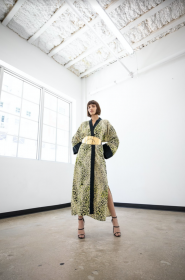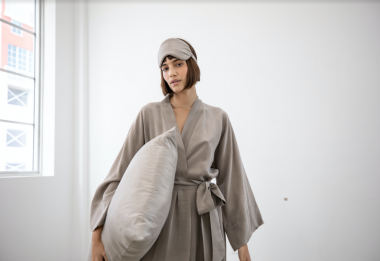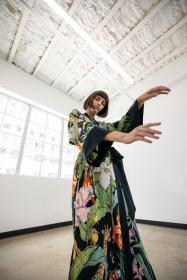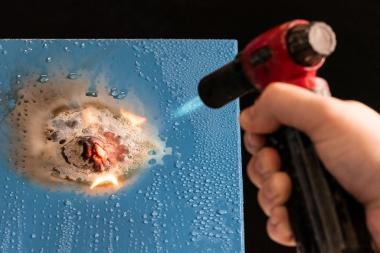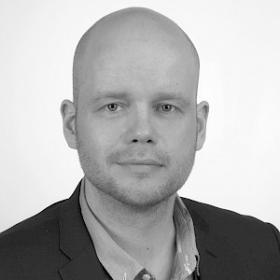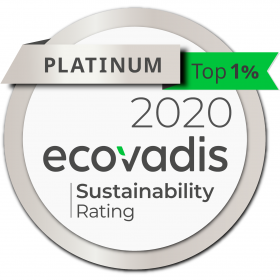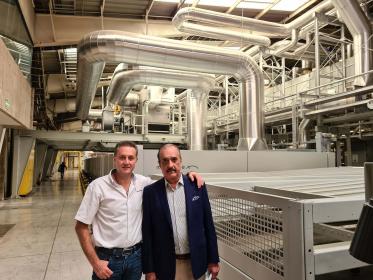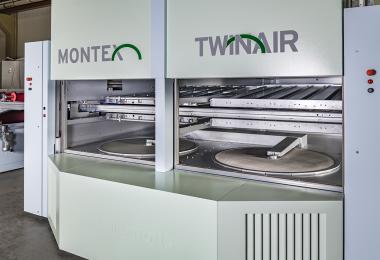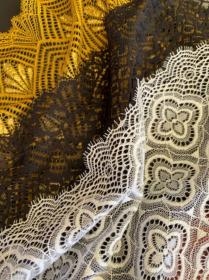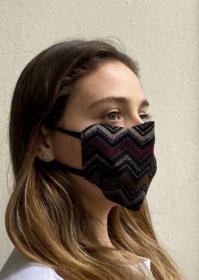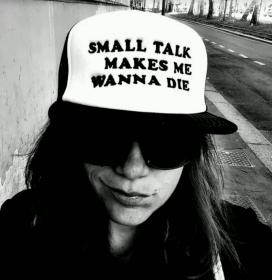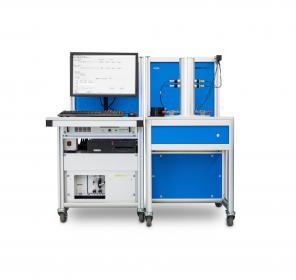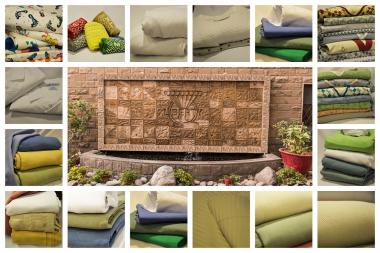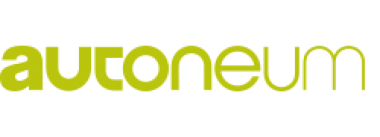DTV und EFIT Imagekampagne zum Outdoor-Trend
COVID 19 bleibt die Herausforderung: für die Betriebe im Wirtschaftsfeld Textilservice genauso wie für ihre Kunden. Bewusst setzen EFIT und DTV mit ihrer Winter-Kampagne optimistische Akzente und legen den Fokus auf Wintermode, die definitiv professionelle Pflege braucht. Die neuen Plakate sind gedruckt, die Downloads für alle Werbemittel online. Die Outdoor-Saison hat begonnen.
Kein Winter ohne Outdoormode!
„Auf Winter- und Outdoormode können unsere Kunden nicht verzichten, unabhängig von der Pandemie“, sagt EFIT-Geschäftsführer Daniel Dalkowski. „Und solange die Geschäfte geöffnet sind, haben wir die Chance, am Point of Sale aktiv zu werben. Das sollten wir jetzt mit Produktgruppen tun, die definitiv gefragt sind.“ Das neue Motiv zeige daher nicht nur ein Paar, das zuversichtlich nach vorne schaut, sondern auch genau die Warengruppen, die in der Textilreinigung definitiv besser gepflegt werden als in der heimischen Waschmaschine. Die Botschaft im griffigen Dreiklang wird auf Werbeflyern kurz und prägnant aufgegriffen und auf www.reinigen-lassen.com ausführlich erläutert.
DEUTSCHER TEXTILREINIGUNGS-VERBAND e.V.












